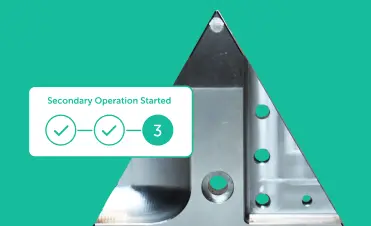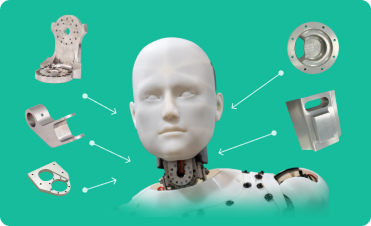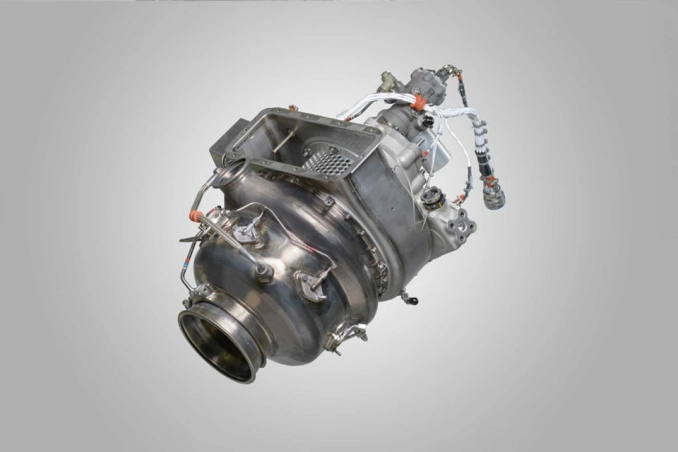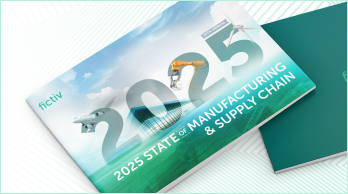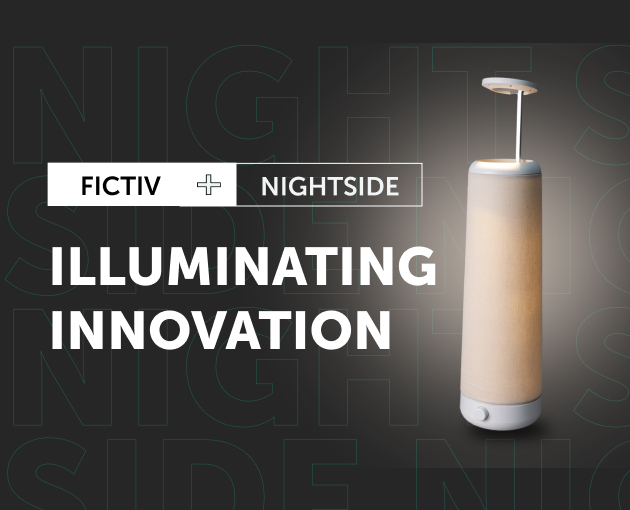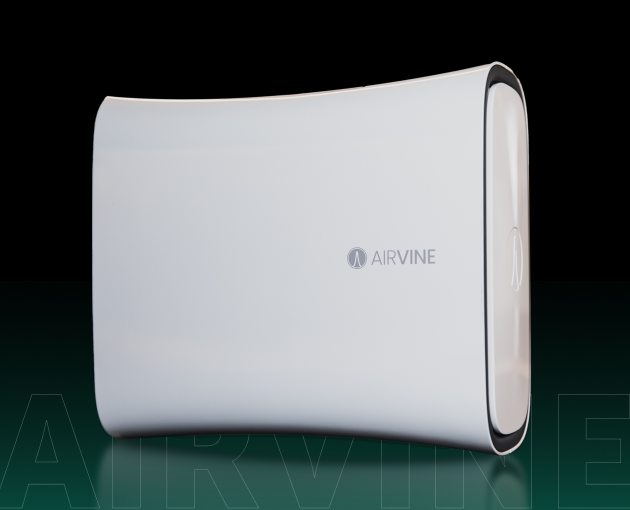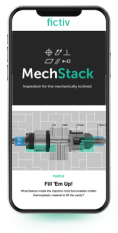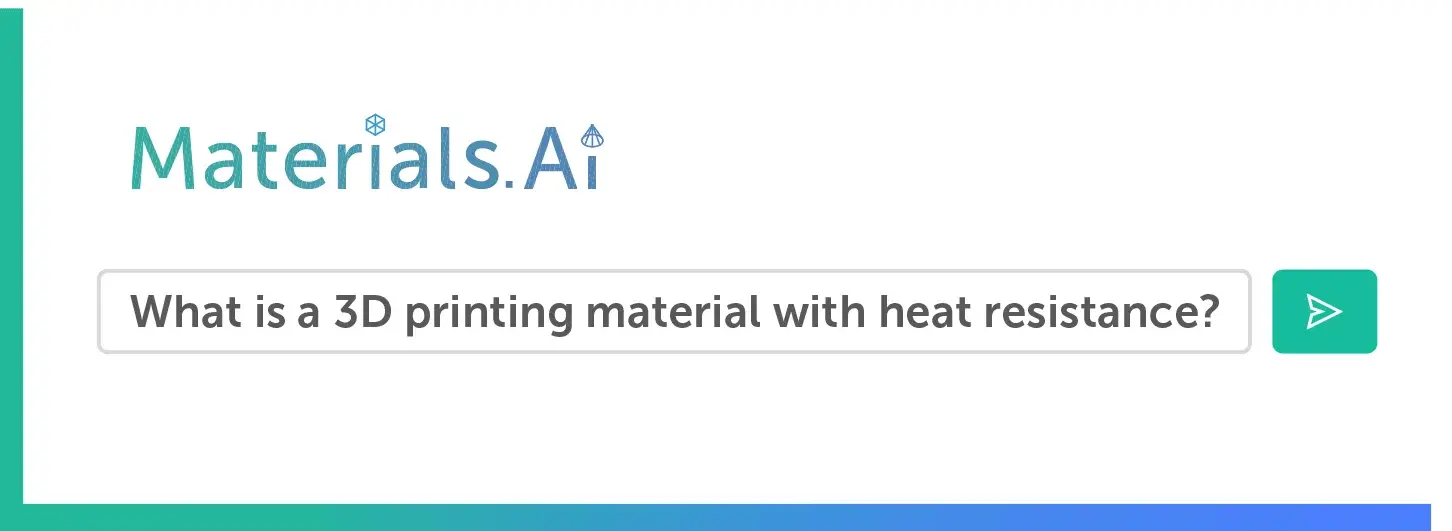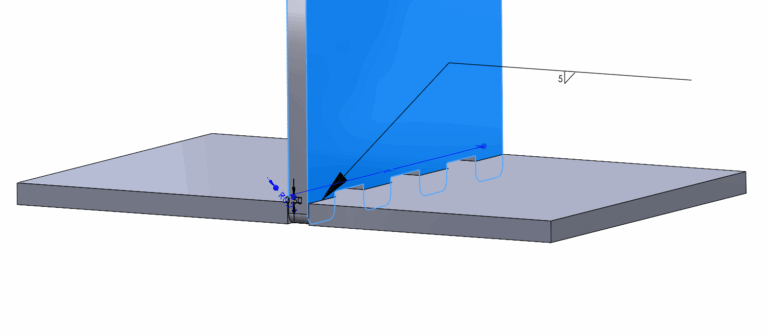Time to read: 6 min
Laser cutting has become a fundamental technology in modern metal fabrication, offering high speed, excellent repeatability, and accuracy. It is a precise, noncontact method for cutting metal and other materials using a focused laser beam.
Especially in the context of sheet metal fabrication, laser cutting plays a critical role, enabling intricate designs, tight tolerances, and efficient scalability. Whether you’re creating a single prototype bracket or producing thousands of metal enclosures, understanding the laser cutting process empowers you to design smarter and manufacture more effectively.
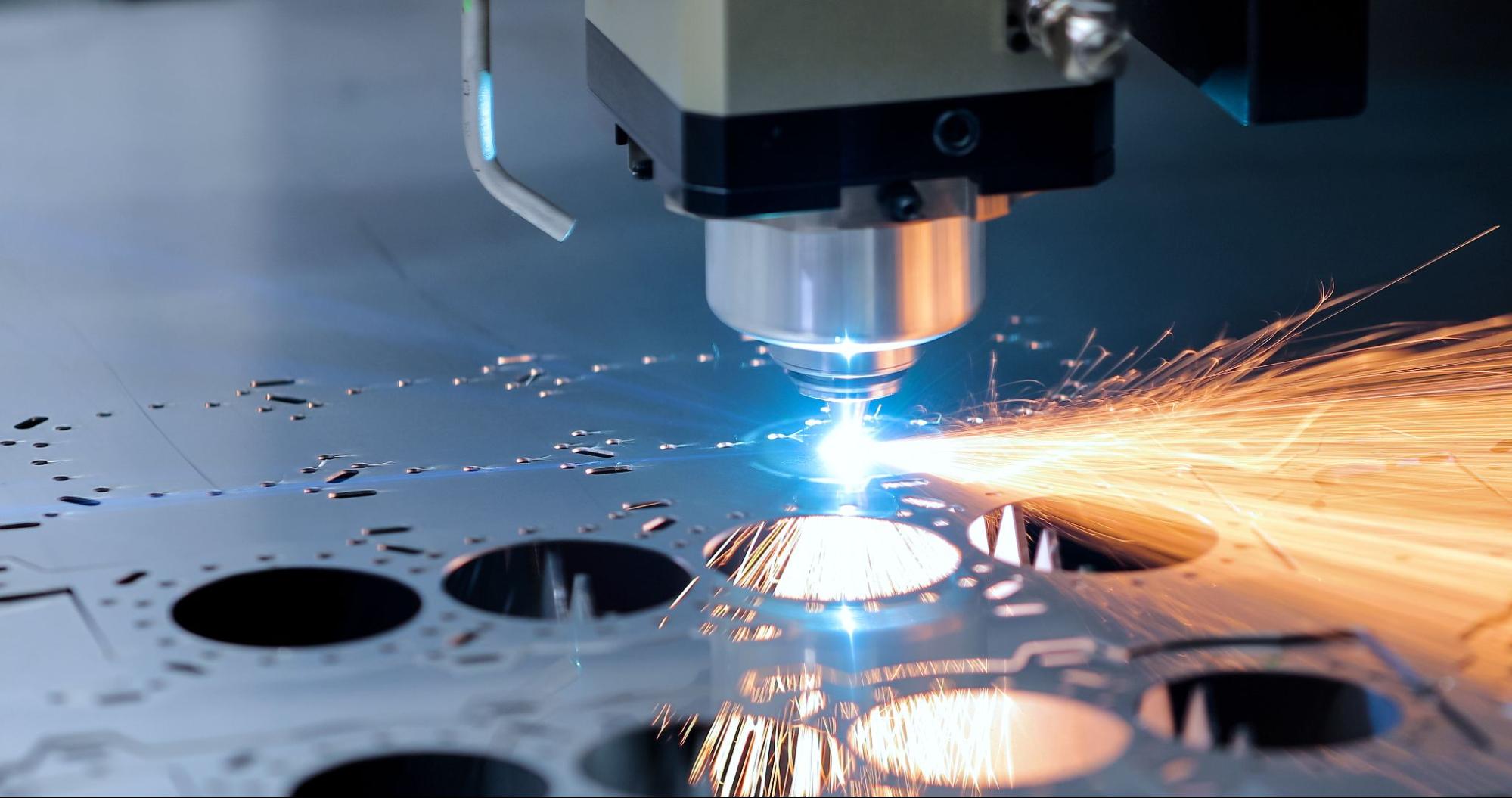
This article breaks down the laser cutting process for sheet metal, focusing on both technical fundamentals and real-world design tips.
How Metal Laser Cutting Works (Step by Step)
Laser cutting begins with a design layout created using a CAD (Computer-Aided Design) software program, which generates an output file typically in 2D format. Some laser cutters can still use 3D models by slicing them into 2D layers.
The file can be loaded into a laser cutting software program, which will assist in setting the correct laser settings, such as power and speed, and define the toolpath the laser will follow. This laser cutting program will also be used to generate the machine instructions uploaded to the laser cutter. Here’s how a typical workflow looks:
- Engineers upload a 2D drawing file (typically .dwg, .dxf. .eps, or .ai format).
- The file is converted into machine-readable instructions via CAM software.
- A flat, metal sheet is placed on the cutting bed.
- The laser beam is precisely focused on a fine focal point.
- The laser cutter’s CNC software directs the laser path to cut or engrave.
- Oxygen, nitrogen, or air blows molten material away for clean cuts.
- Heat is managed with built-in ventilation.
Types of Laser Cutters
Understanding the various types of laser cutters is key to choosing the right tool for your project. Each type offers unique capabilities and is compatible with different sets of materials.
Typical Laser Cutter Types
| Laser Type | Best For | Pros | Cons |
| Fiber | Metals (steel, aluminum, stainless steel) | Energy efficient, fast, low maintenance | Potentially higher up-front cost than CO₂ |
| CO₂ | Nonmetals (plastics, wood) | Smooth finish on organic materials | Less efficient with metals |
| Nd:YAG | Precision tasks, thin metals | High beam quality for fine work | Less common and more expensive |
Fiber lasers dominate in metal cutting applications thanks to their power and efficiency, while CO₂ lasers serve well in applications involving wood, plastics, or acrylics.
Best Metals for Laser Cutting
Laser cutting works best with metals that respond well to the laser beam’s energy and assist gas:
- Mild Steel: The most common metal used in laser cutting due to its affordability and ease of cutting
- Stainless Steel: Requires slightly higher power than mild steel but produces corrosion-resistant parts with an excellent edge finish
- Aluminum: Lightweight and reflective, aluminum requires fiber lasers for best results and may need specialized settings due to reflectivity
- Brass and Copper: More challenging than mild steel due to reflectivity and thermal conductivity, but feasible with fiber lasers and adjusted parameters such as cutting speed, feed rate, and gas feed.
- Titanium: Used in aerospace and medical fields; requires high-powered fiber lasers and careful inert gas selection
Metals with coatings, heavy oxidation, or high reflectivity may require special surface preparation or laser types to ensure quality.
Laser Cutting vs. Other Metal Cutting Methods
When deciding on the best cutting method for your sheet metal project, consider how laser cutting compares to alternatives.
| Cutting Method | Advantages | Limitations | Typical Applications |
| Laser Cutting | High precision, minimal burr, fast, no tooling | Thickness limited to less than ~32 mm, higher initial cost for industrial systems | Intricate parts, thin-to-medium sheets, rapid prototyping to production |
| Waterjet Cutting | Can cut very thick materials, no heat-affected zone | Slower than laser, rougher edge finish | Thick metals, composites, heat-sensitive materials |
| Plasma Cutting | Fast for thick metals, low equipment cost | Less precise, wider kerf and heat-affected zone | Structural steel, heavy plate cutting |
| Mechanical Shearing | Cost-effective for straight cuts, no heat | Limited to simple cuts, risk of deformation | Simple profiles, high-volume blanking |
| Punching | Very fast for repetitive holes and shapes | Tooling cost, limited geometric complexity | High-volume perforated sheets |
Laser Cutting vs. Other Metal Cutting Methods
Compared to waterjet, plasma, mechanical shearing, and punching, laser cutting excels at producing intricate shapes with tight tolerances and clean edges, especially in thin-to-medium gauge metals. While plasma and waterjet are better for thicker or more complex 3D profiles, laser cutting stands out for speed, precision, and minimal post-processing in sheet metal fabrication.
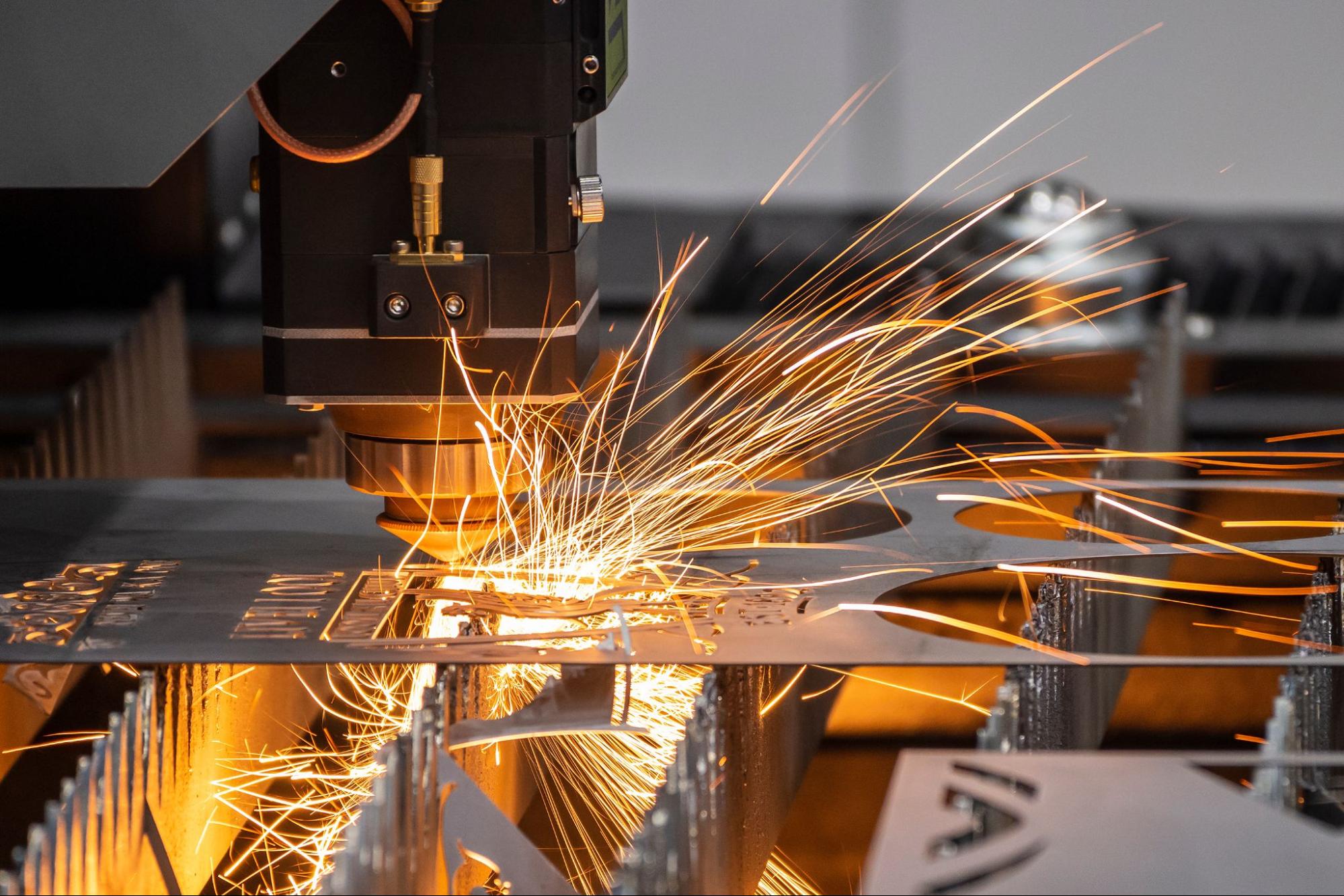
Advantages of Laser Cutting
Laser cutting’s blend of speed, automation, and precision delivers a seamless path from digital design to physical parts. This makes it ideal for engineers, product designers, and fabricators who want to accelerate development cycles without sacrificing quality.
Whether using an in-house laser cutter or leveraging the scalability and convenience of an on-demand digital manufacturing service provider, mastering both the design principles and the process of laser cutting unlocks the full potential of this advanced technology. This knowledge enables fast, cost-effective production of high-quality metal parts at any production volume scale.
The key advantages of laser cutting are:
- Minimal material waste
- High-quality edge finishes
- Automation-ready for production runs
- Thin or thick sheet metal panels (0.60-32 mm for steel with fiber lasers)
- Tight Tolerances: ±0.15 mm or better
- Speed: High feed rates, low lead times
- Automation: Seamlessly integrates into digital workflows
- Tool-Free: No physical dies or blades to replace between different components being cut
- Greater part yield achieved by using common edges of flat profiles when nesting parts on a blank
Limitations of Laser Cutting
- Material Thickness: Material over 32 mm thick should be cut using the plasma or waterjet cutting processes.
- Reflective Metals: CO₂ lasers struggle with aluminum or copper, and fiber lasers should be used instead.
- Safety & Ventilation: laser cutting requires exhaust and air filtering systems.
- Secondary Processing: Laser-cut parts may require deburring or surface finishing
- Complex 3D shapes are better suited for CNC machining or metal forming.
Laser Cutting Design Guidelines for Sheet Metal
- Tolerances: Typically in the range of ±0.1 mm
- Minimum Feature Size: ~0.5 mm, depending on alloy and thickness
- Kerf Width: ~0.1–0.3 mm; consider kerf width during part nesting
- Corner Design: Use radius corners to reduce stress concentration
- Minimize Internal Features: More holes or contours mean longer cut times
- Use Common Thicknesses: Availability impacts price and lead time
- Nest Smartly: Efficient part arrangement on the sheet reduces material waste
- Avoid Heat-Sensitive Designs: Thin profile connections may warp due to localized heating
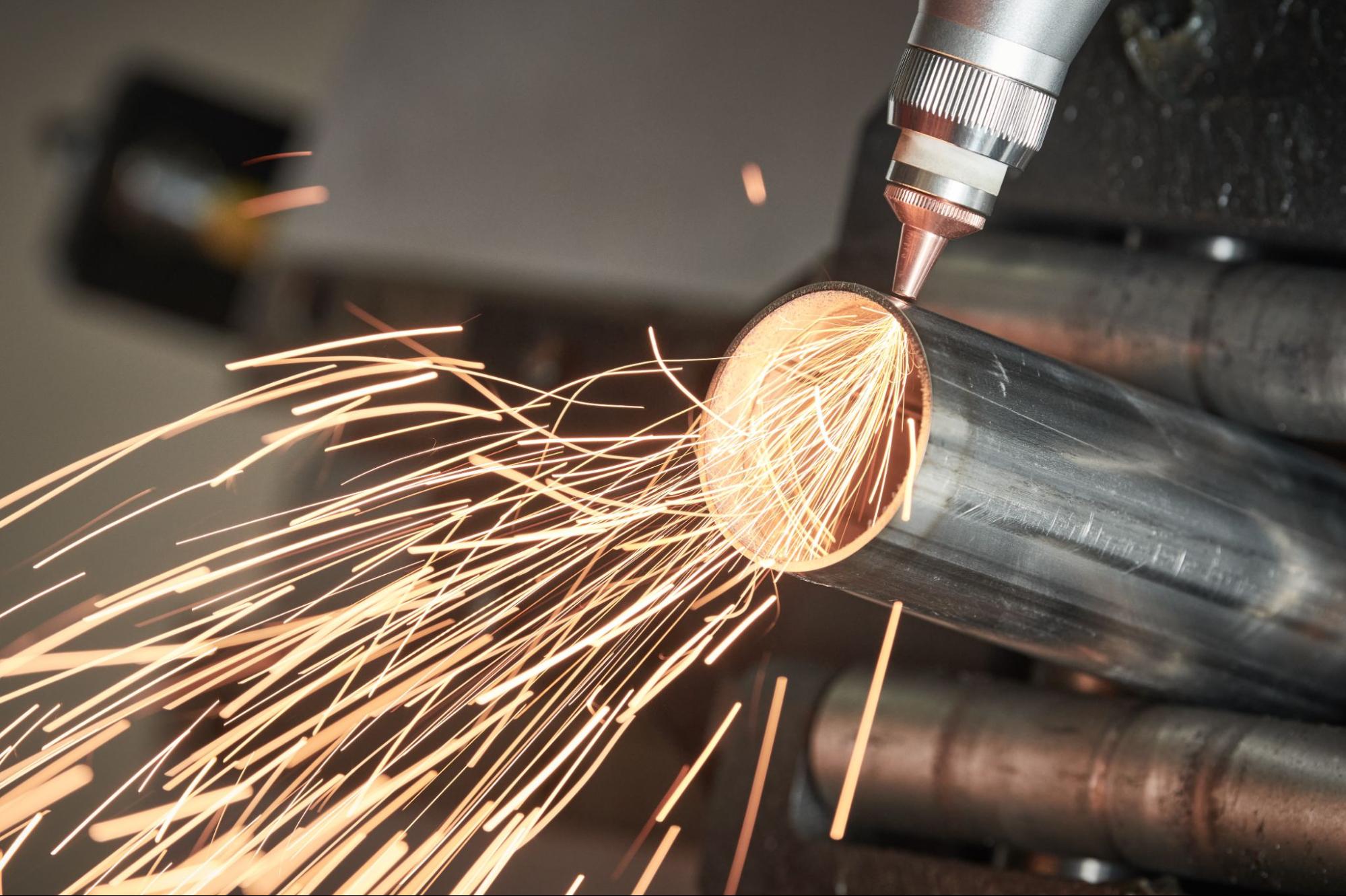
Use Cases and Applications for Metal Laser Cutting
Sheet metal laser cutting’s versatility supports both standard and highly specialized manufacturing requirements. Some common applications include:
Electronics Enclosures
Laser cutting is widely used to produce custom enclosures for electronics, offering the precision needed for clean cutouts, ventilation patterns, and mounting features. It supports rapid prototyping and low-volume production of housings for PCBs (Printed Circuit Board), sensors, and control units.
Mechanical Brackets
Whether for robotics, automation systems, or general machinery, laser-cut brackets offer structural reliability and dimensional accuracy. They can be quickly iterated during concept development and scaled efficiently for production.
Decorative and Functional Panels
Architectural metal screens, industrial control panels, and signage often combine aesthetics with utility. Laser cutting enables intricate perforations, logos, and custom cutouts while maintaining structural integrity and clean edges.
Aerospace Sheet Metal Parts
In aerospace, where performance and precision are critical, laser cutting delivers lightweight, high-strength components with tight tolerances. Applications include internal structural elements, mounting plates, and detailed skin panels.
Electric Vehicle (EV) Battery and Chassis Components
Laser cutting supports the growing EV industry by fabricating parts like battery trays, thermal shields, and lightweight chassis components. Its ability to process aluminum and high-strength steel with minimal distortion is crucial in meeting performance and weight targets.
Streamline Your Workflow With Precision Metal Laser Cutting Services
Laser cutting is one of the most efficient and precise methods for fabricating metal parts, making it valuable from initial prototyping through full-scale production. Its capability to deliver tight tolerances, rapid turnaround, and seamless digital integration has established it as a trusted solution for precision sheet metal fabrication.
Whether leveraging an in-house laser cutter or an on-demand platform like Fictiv, laser cutting offers a smooth transition from concept to creation, combining accuracy, efficiency, and scalability to meet today’s demanding production needs.
As part of a modern digital manufacturing workflow, laser cutting services can help a project team move faster from design to delivery. See how Fictiv can accelerate your next project with instant quoting and robust design feedback.
FAQ Section
What is laser cutting, and how does it work?
Laser cutting uses a focused light beam to melt or vaporize material along a programmed path, controlled by CNC.
What metals can be laser cut?
Common metals used in laser cutting include stainless steel, mild steel, and aluminum. Copper and brass require specialized systems.
What’s the difference between laser, plasma, and waterjet cutting?
Laser cutting uses focused light energy, waterjet cutting uses the impact of high-pressure water, and plasma cutting uses a high-velocity jet of hot gas. The primary difference lies in the type of energy each method uses.
How accurate is laser cutting?
Tolerances are typically ±0.15 mm, depending on material and thickness.
How thick can metal be for laser cutting?
Up to 32mm for mild steel with high-power fiber lasers.
What is kerf in laser cutting?
Kerf is the width of the cut made by the laser—important for fit and part spacing.
